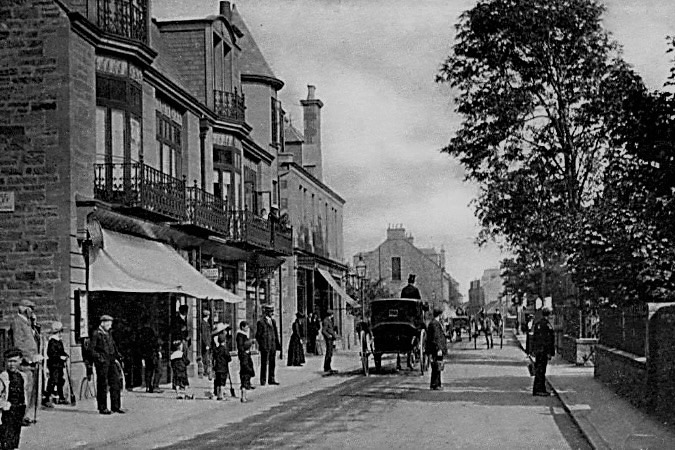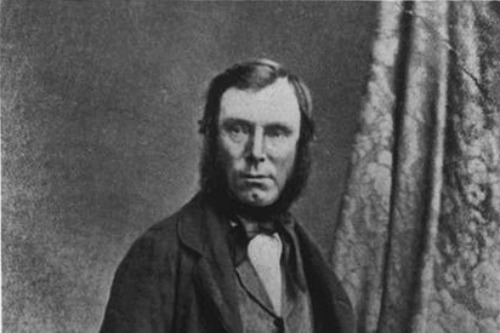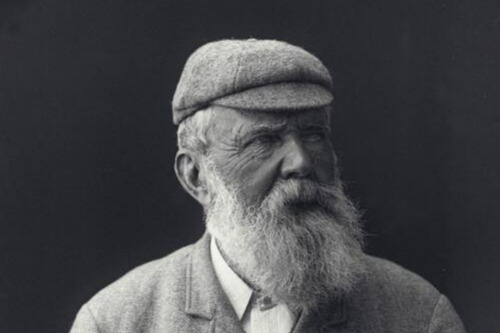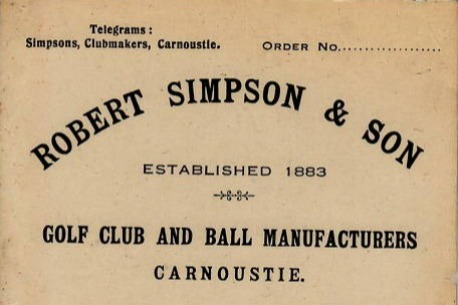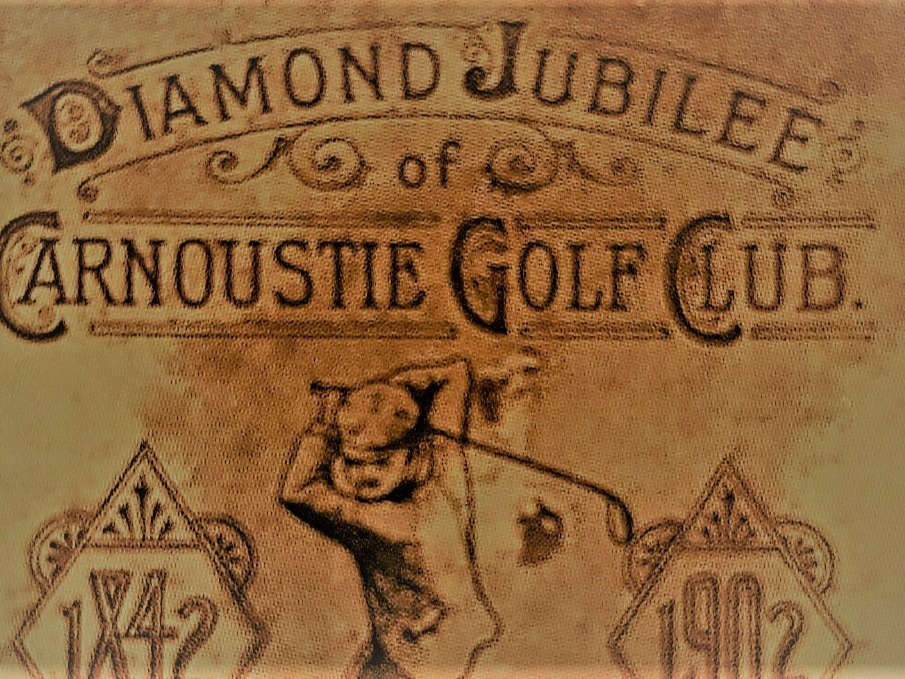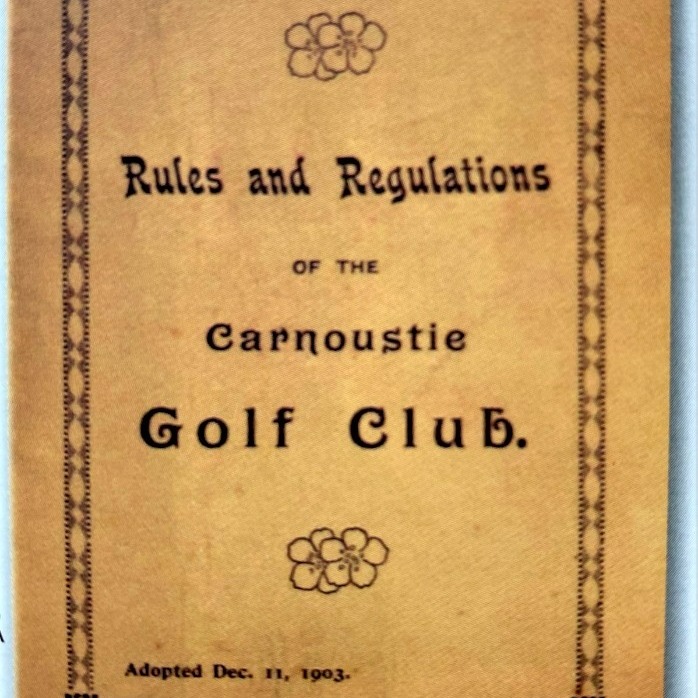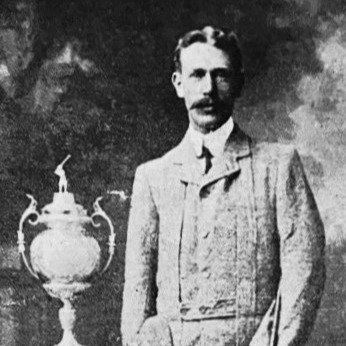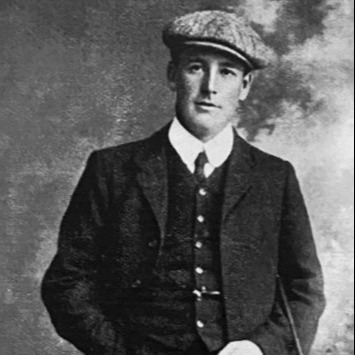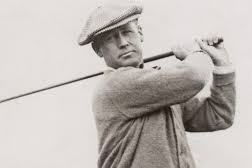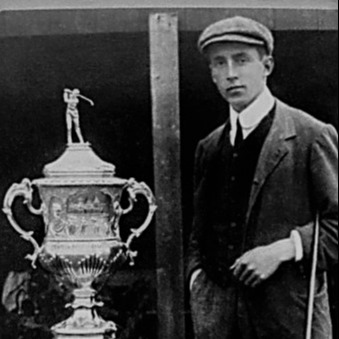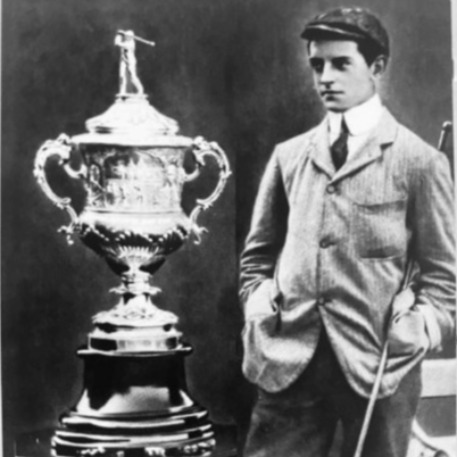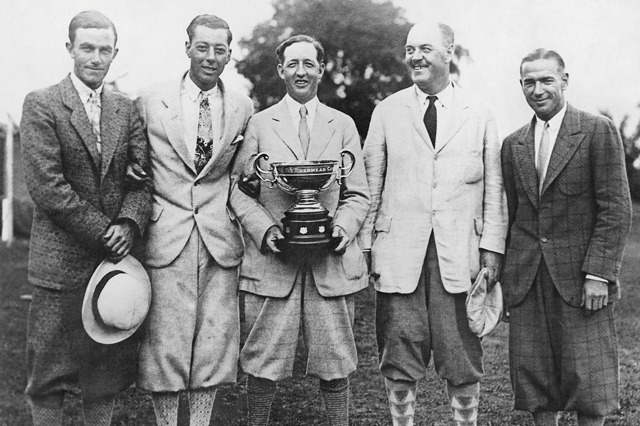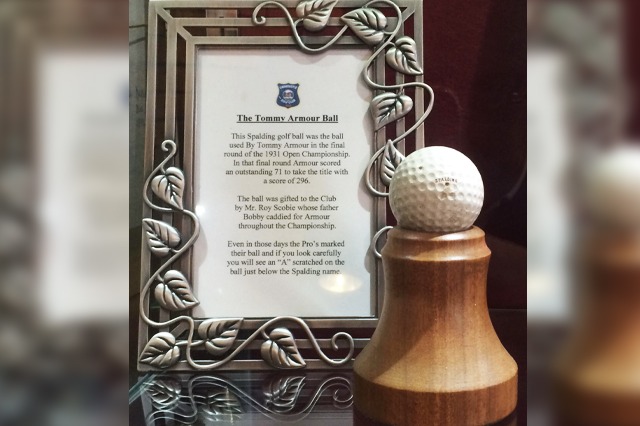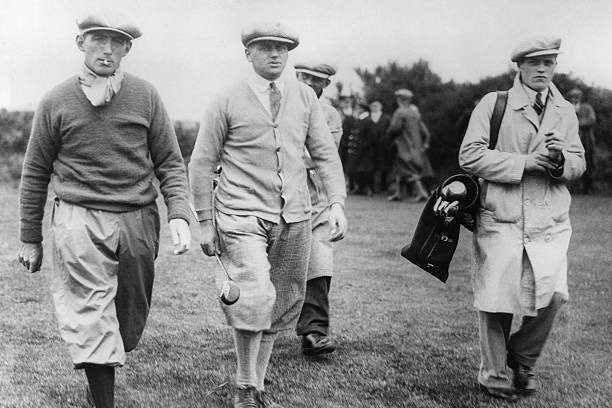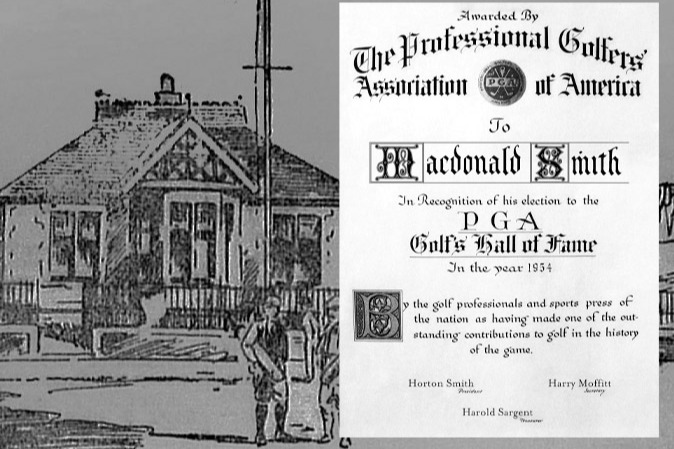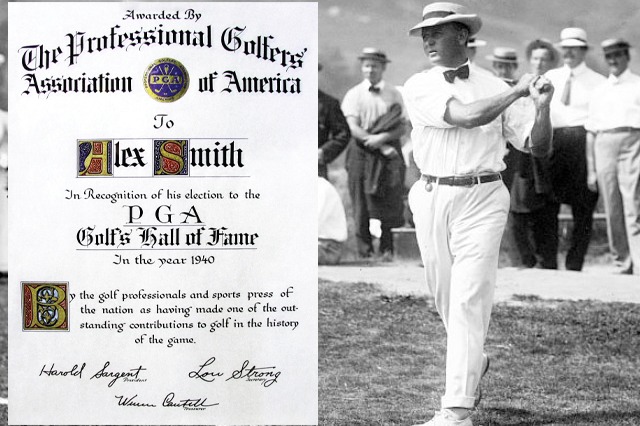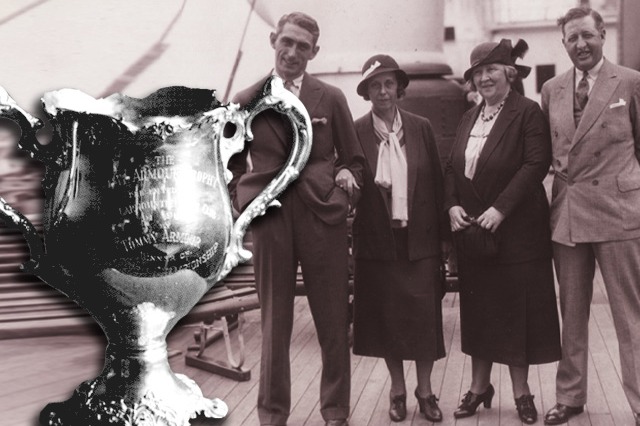1838 - 1873
Described as one of the toughest links courses in the world. Golf is known to have been played at Carnoustie from as early as the 1500s. The club is known to have been in existence for some time before its formal foundation, records show that our club may have existed for a number of years before 1842.
The club is among the ten oldest surviving golf clubs in the world. It has produced several first class players and in the late nineteenth and early twentieth century many Carnoustie golfers went to the United States where they became professionals of Baltusrol, East Lake, Oakmont and many others.
A golf course was first laid out at Carnoustie in the 1830s by the publisher Robert Chalmers. Progress marked by the arrival of a rail line between Dundee and Arbroath in 1838 that encouraged major industrial growth in the town. A new era began for the formally remote land and links between the small Parishes of Barry and Panbride-known by some as Carnoustie. With this progress came growing enthusiasm for golf and competition.
In 1842, under the patronage of Misses Kinloch of Kinloch, Proprietors of Carnoustie, The Carnoustie Golf Club was formed. The first of its kind, an artisan golf club, where many of our members worked the land, some worked the sea, some at the local chemical works and still others as blacksmiths. The Kinloch Medal was given to the club in 1842 under the patronage of Misses Kinloch of Kinloch, benevolent owner of lands golf was played, she gifted the Kinloch Medal to Carnoustie Golf Club. The medal has been played for at scratch for over 180 years and some 18 years before the first Open Championship was played at Prestwick.
The original course was of ten holes, crossing and recrossing the Barry Burn. The current course was designed by Allan Robertson and Old Tom Morris in the 1850s. 1860 - The first Open Championship was played at Prestwick and a few years later Carnoustie would be extended by Old Tom Morris in 1867 which led to a complete restructuring of the course to the new standard of 18 holes.
